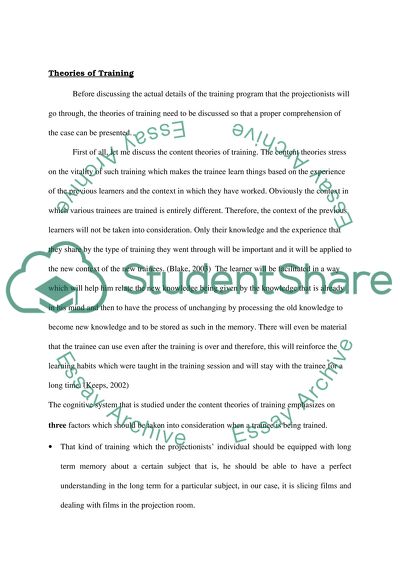Cite this document
(“Human Resource Learning and Development Term Paper”, n.d.)
Human Resource Learning and Development Term Paper. Retrieved from https://studentshare.org/human-resources/1514259-human-resource-learning-and-development-essay
Human Resource Learning and Development Term Paper. Retrieved from https://studentshare.org/human-resources/1514259-human-resource-learning-and-development-essay
(Human Resource Learning and Development Term Paper)
Human Resource Learning and Development Term Paper. https://studentshare.org/human-resources/1514259-human-resource-learning-and-development-essay.
Human Resource Learning and Development Term Paper. https://studentshare.org/human-resources/1514259-human-resource-learning-and-development-essay.
“Human Resource Learning and Development Term Paper”, n.d. https://studentshare.org/human-resources/1514259-human-resource-learning-and-development-essay.


